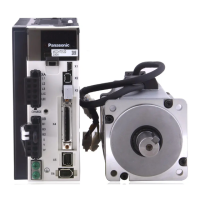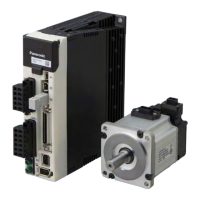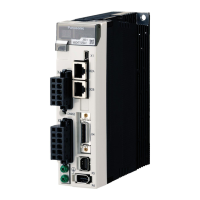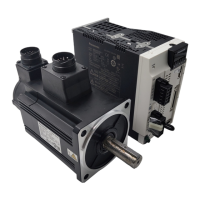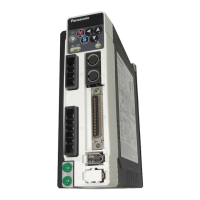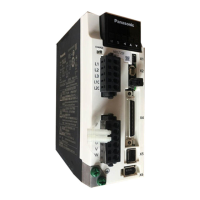What to do if Panasonic MINAS-A5NL Servo Drives show RTEX continuous communication error (Err. 83.0)?
- MMaria ChapmanAug 17, 2025
If you are experiencing RTEX continuous communication errors on your Panasonic Servo Drives, it may be due to a reading error of the data delivered to the local node. Here are some things you can check: * Ensure the communication cable isn't exposed to excessive noise. * Verify the communication cable's length, layout, and connections. * Confirm that you are using a Category 5-e or better shielded twisted pair cable (STPC) as specified by TIA/EIA-568. If necessary, replace the cable. Consider attaching a ferrite core to the communication cable. If the issue persists, replacing the servo driver may be necessary.


